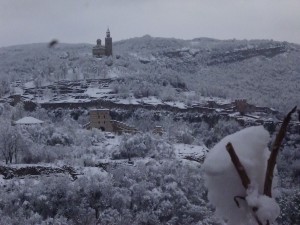 First it snowed. Then a Christmas market popped up, and the season got underway with a round of parties in both the local and the expat communities, Christmas caroling,
First it snowed. Then a Christmas market popped up, and the season got underway with a round of parties in both the local and the expat communities, Christmas caroling,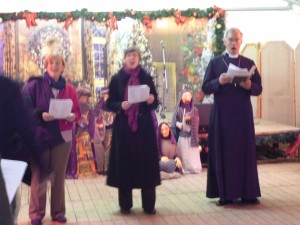 festive lunches and dinners, friends visiting, kisses exchanged on cold red cheeks.
festive lunches and dinners, friends visiting, kisses exchanged on cold red cheeks.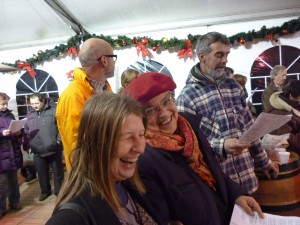
Then came the village ‘fete’ held at the village hall, an imposing, pink stucco building. There was to be dinner, drinking, music and dancing. As the event started it felt more like a midwinter solstice celebration than Christmas, an older, pagan festival, one close to the earth, as is this village. Six of the village maidens wore either antlers or elves’ hats, a nod to the season.
After dinner the behatted maidens started the dancing with the hora, an ancient Greek circle dance that spread throughout the Balkans over the ages, and was brought to Israel by immigrants. The hora is a group dance and can be done with two or twenty, or perhaps two hundred. Each person grasps the shoulders of those next to them, and all move in a circle stepping and moving in concert. The hora is a dance in which individuality is subsumed into the dynamic of the circle, and for a time whatever existential burden you may carry is lifted.
The young girls didn’t know the steps and fumbled and bumbled around the floor, antlers and elven hats slipping and sliding. One of the village women, a strikingly handsome woman with Slavic features, hennaed hair and a trim athletic body got up to show them how it was done. She danced as if taken by the spirits, light footed and precise in her steps, but bold, primal, sensual. She danced as an ancient Greek temple dancer would on a deep winter night, dancing as an affirmation of life, and of the light that’s promised to return with the spring. Others stepped in and the circle grew, with old and young alike dancing with verve and spirit, clasping each other shoulders, stepping together, moving as one living thing, joined in something more than simple pleasure, something stronger, ancient, something rising from bone deep memory.
Energy rose in waves from the spinning circle and spread through the hall enfolding us all into its transcendent embrace. I had not experienced anything like this since I departed the island of Gozo where a shaman and his magical mate raised people from the cares of daily life and transported them to a higher place. The hora continued for what seemed like hours, gathering energy from all and transforming that energy into something stronger, brighter, more powerful, building and pulsating until I thought the walls must burst open and a bright flash would spread through dark and empty village lanes and light the winter night.
I watched from our table, watched what had once appeared to be a dead village come to life. It seemed to me that this dance had begun centuries ago and would continue as long as there was music and people to form a circle. The music itself was Eastern with instruments I couldn’t identify, driving, wailing, strange, but with parts of it oddly familiar. The dancers tired and the hora wound down and the circle faded away.
The music changed to rock, rather bad rock, and I was desolate. But only for a while. Ivan brought out a two-liter bottle of his homemade rakia (brandy) and poured glasses for everyone at our table. As I watched the dancers and listened to the music of my youth, I remembered the not so distant past. I’ve known many people who were born in Eastern Europe, and who escaped to the West, and others who did not escape and passed rock and roll records from hand to hand, contraband, as were many books, and talking with them over time I came to understand that while rock had simply been the music of my generation of Americans, it had meant freedom and the possibility of another life to many people of my generation here in Bulgaria, and elsewhere in Eastern Europe before the Wall came down. In the faces of the dancers I watched that youthful longing rise again and their youth come back to them.
The music improved as the level in Ivan’s bottle went down. I watched a village baba (grandmother) who sat near the dance floor and swayed in time with the music as she watched the dancers and cast sideways looks at an old fellow who was dancing with a young woman. She wore one of those Russian hats, the ones with the fur bill and earflaps, a shapeless dress and heavy black shoes. It was obvious she wanted to dance, but no one had asked her. Somehow I found myself bowing to her, and then we were on the floor, if not exactly in step, in harmony. We danced until we were too tired to take another step. I walked her to her table, returned to mine and waited for the rock music to end, for the hora to form again. Hoping that it would return and that I would be invited into that magic circle.
The rock and roll still played when we left the heated hall and headed home. But I heard the wailing music of the hora, and saw the circle turning and turning and the dancers opening their arms and making room for all to join in its ancient rhythms, the circle growing and expanding until it encompassed the entire village, its lanes, adobe walls, and winter bare trees. We walked empty lanes back to our place, a part of the village now, if only a small unimportant and transient part. Jackals howled in nearby hills, and the night was sharp and bright with stars

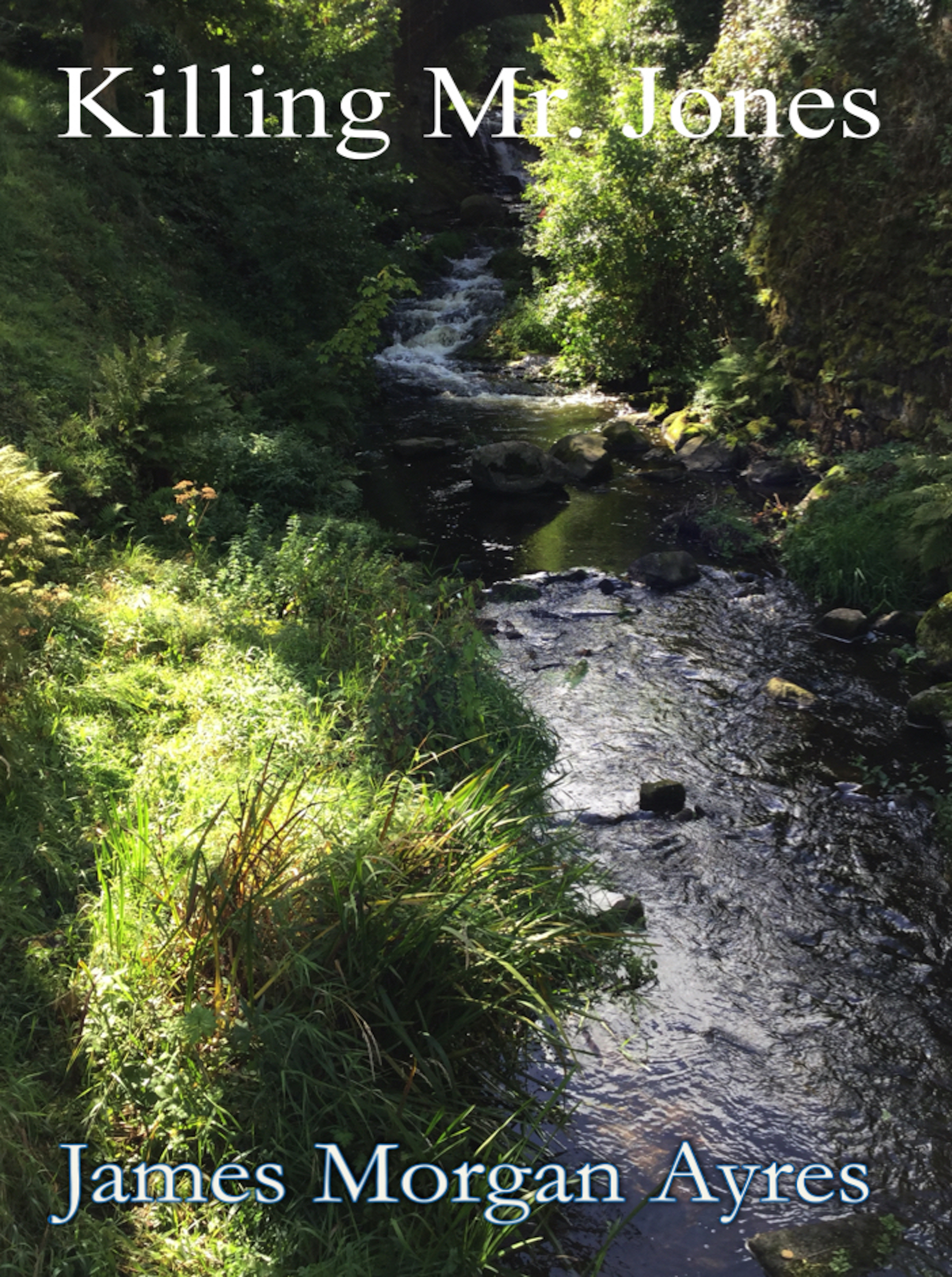 Sun, Apr 5, 2020: Killing Mr. Jones
Sun, Apr 5, 2020: Killing Mr. Jones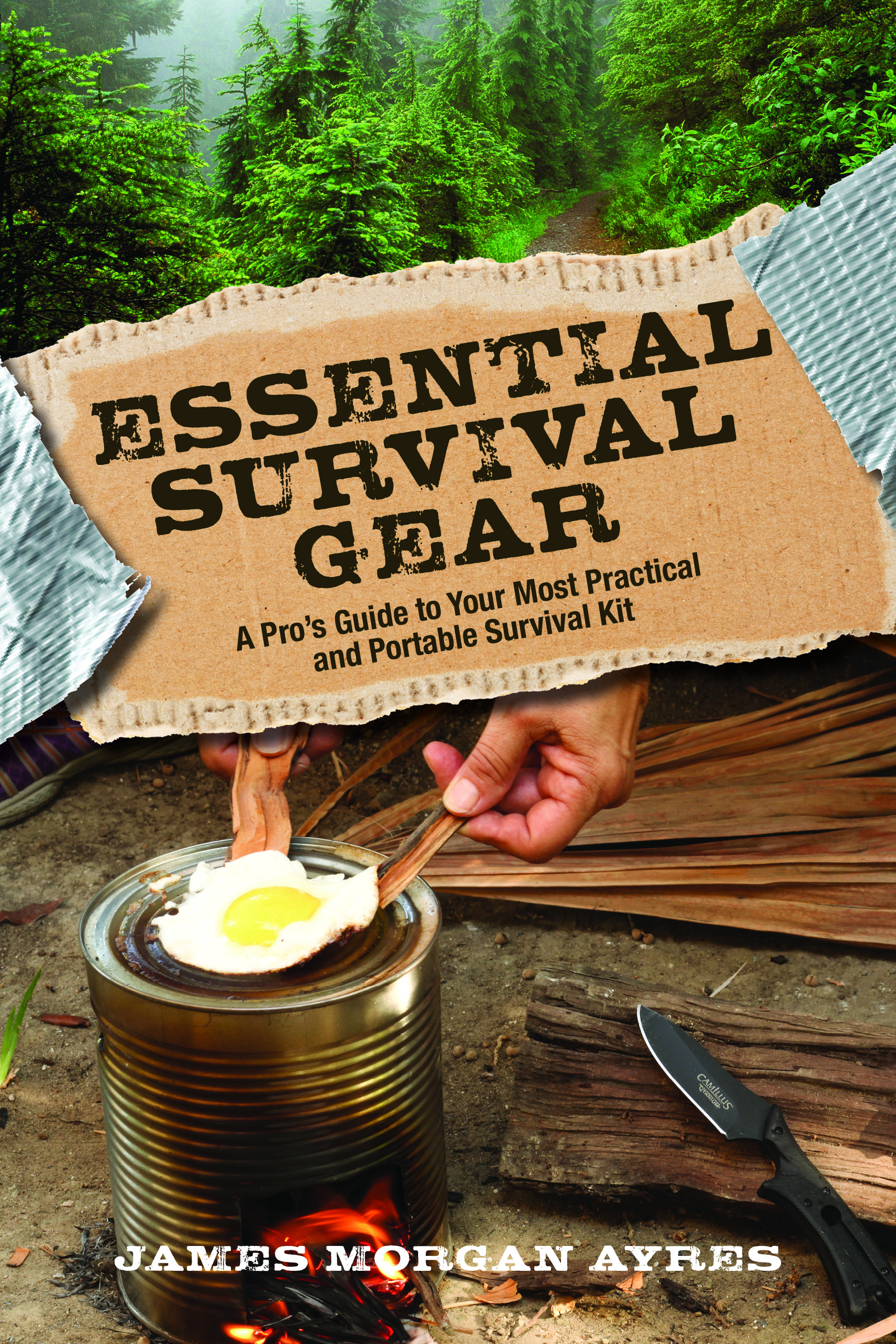 Wed, Apr 1, 2020: On Hoarding
Wed, Apr 1, 2020: On Hoarding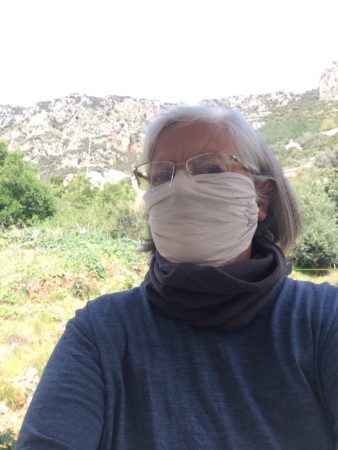 Mon, Mar 30, 2020: Masks Save Lives – Covid-19
Mon, Mar 30, 2020: Masks Save Lives – Covid-19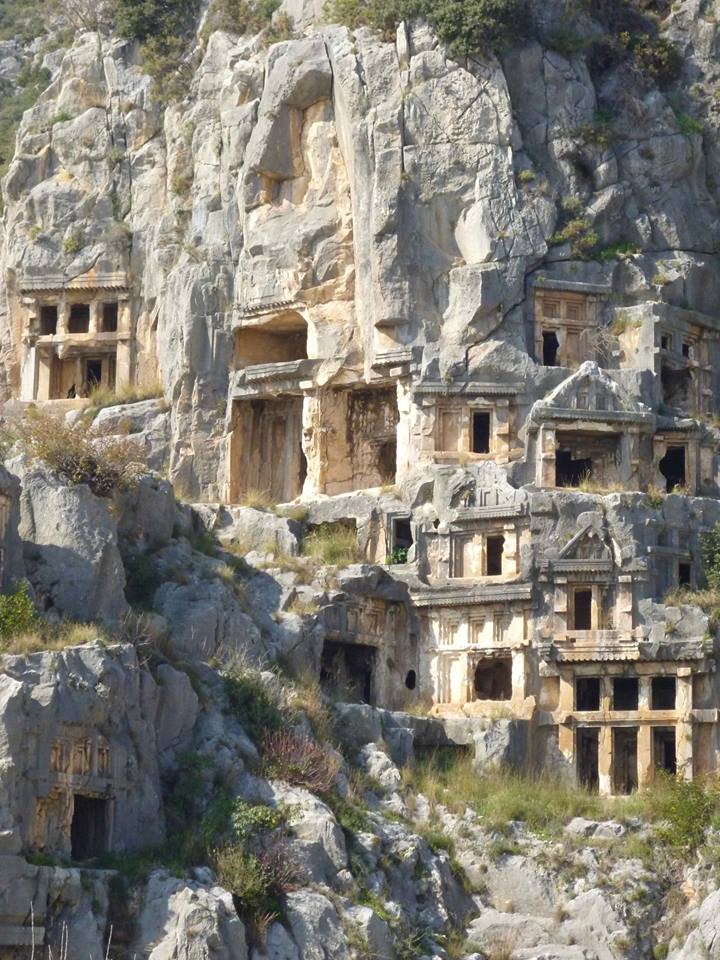 Sun, Mar 29, 2020: Visions of Apocalypse
Sun, Mar 29, 2020: Visions of Apocalypse Fri, Aug 23, 2019: Hijacked Twitter
Fri, Aug 23, 2019: Hijacked Twitter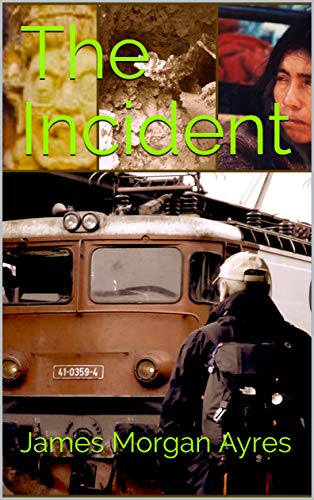 Sun, Aug 18, 2019: The Incident
Sun, Aug 18, 2019: The Incident Sat, Aug 10, 2019: Seas and Oceans Without End
Sat, Aug 10, 2019: Seas and Oceans Without End